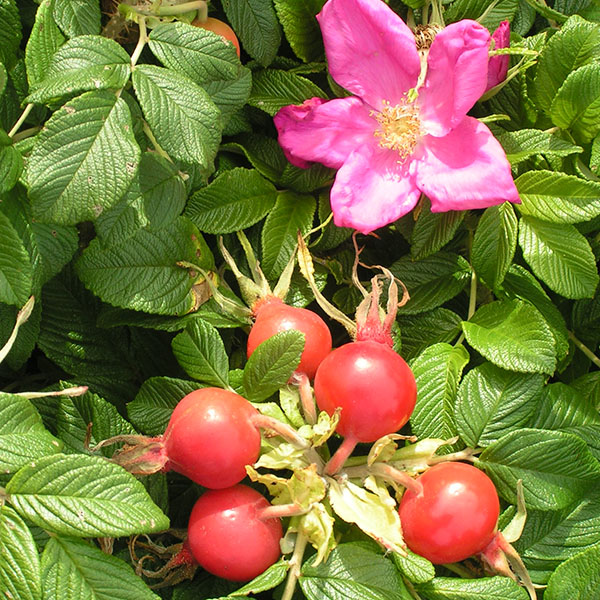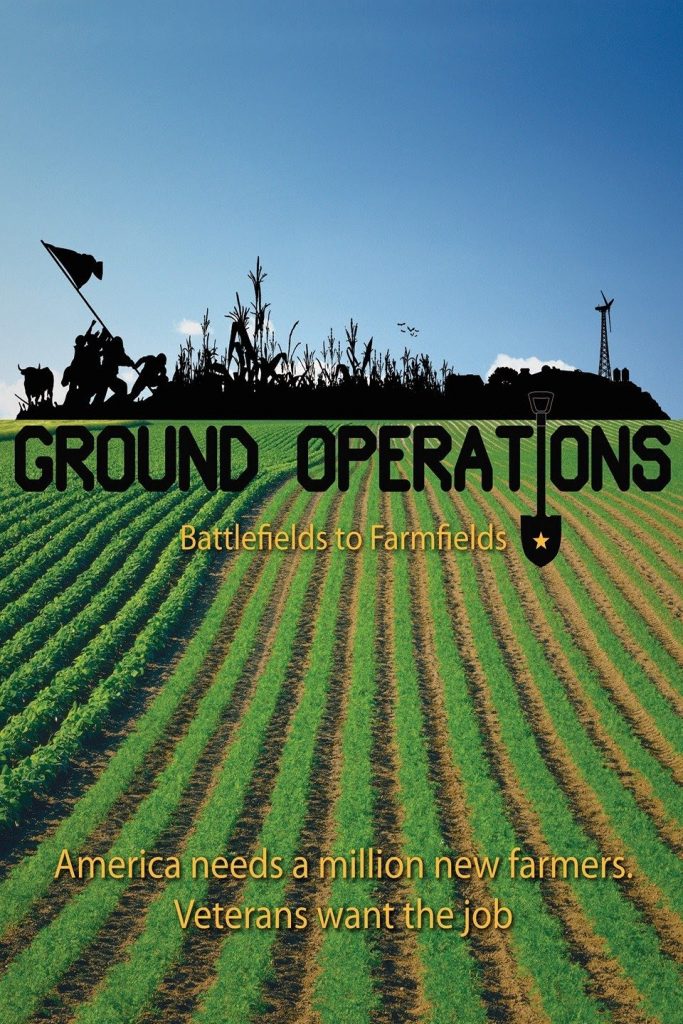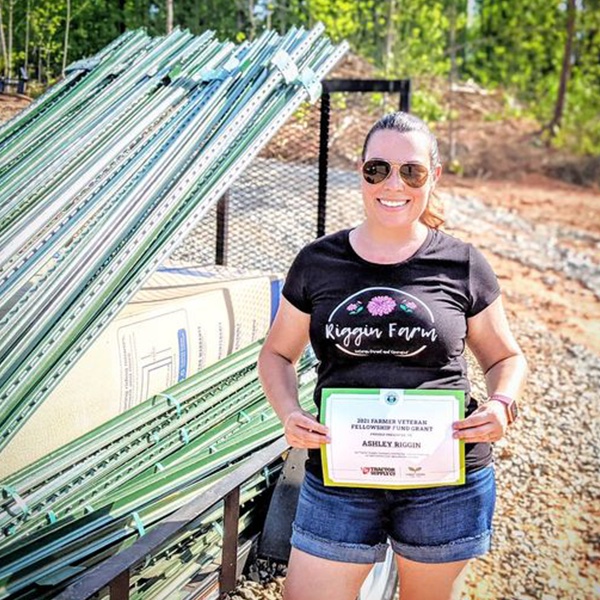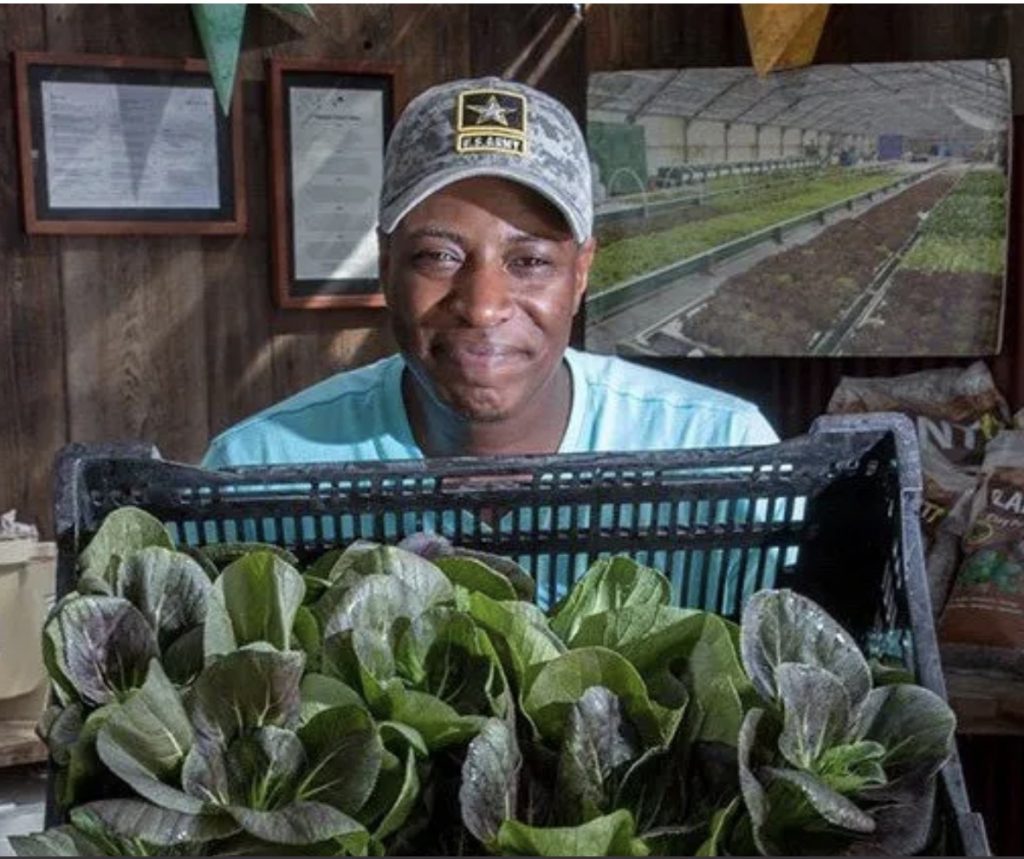Writing this on the first day of autumn, whistling a sigh of relief that we got all the tomatoes and peaches in before frost turned them to mush or the squirrels got them. I the garden is taking on the shades of fall, burnished gold, steely blue, burgundy purple, while the rugosa roses are setting ruby red hips among the naples yellow foliage. This is but one reason why I garden. The ever-changing scene, and the wisps of memory that swirl through the mists. Those roses…I once raised a hedge worth of R. rugosa ‘Scabarosa’ from the hips as big as damson plums that I gathered in Rosemary Verey’s garden. With her encouragement I must add, something she was rather good at.

That’s another reason to garden…the pleasure to be had from seed gathering, collecting, sowing, and growing a new plant, then nurturing the plant, which in turn will nurture me as there are few things more rewarding that bringing something into life. Getting one’s hands down into the soil, too, has its beneficial effects, as we now know, from all those mood-enhancing microbes hiding in the loam. Not exactly big news to us gardeners, right?
On a January day, 2010, my son enlisted in the US Army. I soon learned what it meant to be a Blue Star mother. Or to be a young wife or husband with small children, the “trailing spouse” to a soldier posted to a base in an unfamiliar place far from the support of friends or family. And I quickly learned, too, that gardening was being advocated to ease the anxiety and pain of separation. Military bases were installing community gardens; base schools had plots for children to tend. And, by 2010, this was expanding to nationwide movement to support combat veterans, many of them injured and returning to an uncertain future.

I became involved when I commissioned the film producer and cinematographer, Dulanie Ellis, to write an article for the magazine I was then editing. Her film, Battlefields to Farmfields, was among the first to introduce the network of agricultural education programs targeting combat veterans are finding “redemption in new careers as organic farmers and sustainable ranchers”. At the forefront of this movement was the Farmer Veteran Coalition, which took root in 2006. For the full story, visit their website, but just let me say that that a report issued that year revealed that an ever-increasing number of young people enlisting in the US military came from rural, farming families. Yet, among the 40,000 groups taking shape nationwide, not one was geared to agriculture or acknowledged that so many Vets were returning to small towns in rural areas where facilities to retrain and rehabilitate the wounded. Yet these were the very people whose life and career had taught them exactly the skills needed for success in farming. There are now Farmer Veteran Coalition chapters in every state.

We came to Colorado Springs as our son was posted to Fort Carson, and I had the good fortune to meet with the founders of the Denver-based organization, Veterans to Farmers; they came, along with a group of other veterans who had taken up “gardening under cover, aka, greenhouse market farming, craft-brewing, and other allied ag ventures, to an presentation I organized at Fort Carson. There was good-sized audience.
Veterans to Farmers are affiliated with Denver Botanic Garden and their “campus” is at DBG’s Chatfield Farm, with training programs for hydroponics, market farming, and a new program series about urban farming. But they have a double-edged mission: to train veterans in agriculture and sustainable living, but also to give them a place where they can “fit-in”. .

As I’ve learned from my son, who is recently was disabled out of the Army, that although he is now a civilian and making his way back into that life, he will always be, to some degree, military; many soldiers embrace the idea that “the mission continues”, and farming and feeding people healthy sustainable foods is just one to make that a reality. As Rich Murphy, co-founder and Executive Director of Veterans to Farmers is quoted as saying, ““You don’t have to call it therapy if you don’t want to, just get some vets out in the dirt and the therapy will happen all on its own”
Personally, I believe it illustrates how mighty oaks from little acorns grow. A greenhouse helps.
© Ethne Clarke, 2022
Try your hand at raising Rosa rugosa, which is the parent of the the Scabarosa hybrid; seeds from Plant Worlds seeds at https://bit.ly/3StBRAH
To watch Dulanie Ellis’s film, which I highly recommend, try this link. Also available on You Tube and a few other streaming channels. https://itunes.apple.com/us/movie/ground-operations-battlefields-to-farmfields/id885518045
To learn about Farmer Veteran Coalition, visit https://farmvetco.org
And the Veterans to Farmers site is at https://www.veteranstofarmers.org/


